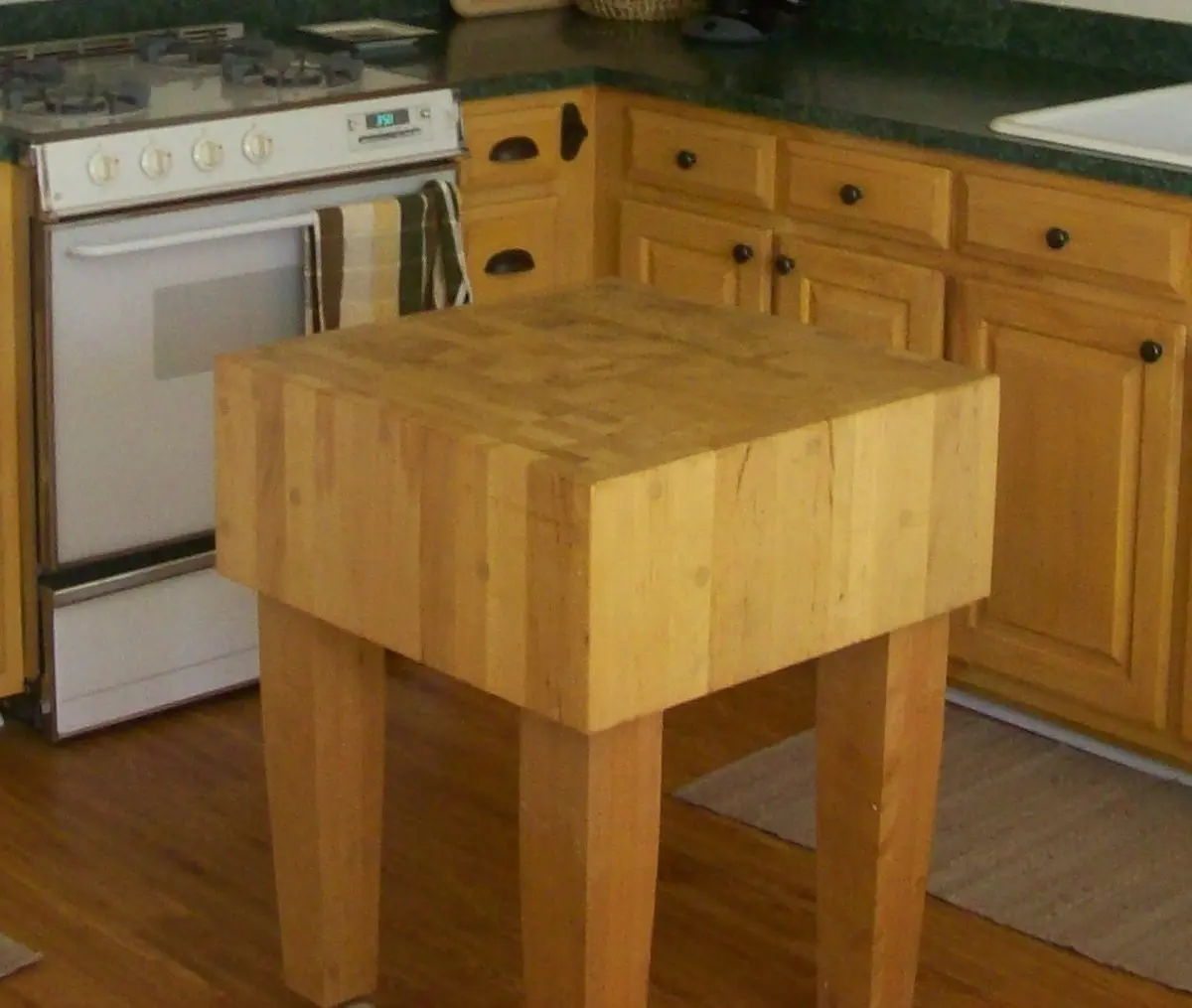When it comes to preparing and enjoying high-quality meats, having the right tools and equipment is essential. One such tool that has been used for centuries is the butcher block. In this article, we will explore the purpose and composition of a butcher block, its uses, and why it is a popular choice in both professional kitchens and homes.
What is the Purpose of a Butcher Block?
A butcher block is a heavy-duty chopping block that is typically made of laminated hardwood. Traditionally, it was primarily used in butcher shops and meat processing plants. However, over time, it has become increasingly popular in home kitchens as well. The main purpose of a butcher block is to provide a sturdy and durable surface for cutting and preparing meat.
What is a Butcher Block Made Of?
A butcher block is traditionally made of hard maple, known for its strength and durability. However, contemporary butcher blocks can also be made from other woods such as teak, birch, or walnut. These woods are often used in alternating patterns to create a unique and visually appealing design.
There are two basic styles of butcher blocks: end grain and edge grain. End grain butcher blocks are made by arranging the wood pieces so that the end grain is facing up. This helps to preserve the sharpness of the knives and provides a self-healing surface that is resistant to knife marks and scratches. Edge grain butcher blocks, on the other hand, are made by arranging the wood pieces so that the edge grain is facing up. While not as durable as end grain blocks, edge grain blocks are still strong and can withstand heavy use.
Uses of a Butcher Block
Butcher blocks have been used in butcher shops for centuries and are still commonly used in many European countries. In recent years, they have also gained popularity in domestic kitchens as an alternative to stone and laminate countertops. The versatility of butcher blocks allows them to be used for various purposes, including:
- Cutting and preparing meat
- Chopping vegetables and fruits
- Kneading dough
- Serving as a surface for serving and displaying food
Due to their durability and natural beauty, butcher blocks are not only functional but also add a touch of elegance to any kitchen.
Why Do Butchers Use Wooden Blocks?
Butchers traditionally use wooden blocks for several reasons. Firstly, wood is a natural material that is gentle on the blades of knives, preventing them from becoming dull quickly. Additionally, wooden blocks are self-healing, meaning that knife marks and scratches will naturally close up over time. This makes wooden blocks more hygienic compared to other materials that can harbor bacteria in cuts and scratches.
Wooden blocks also provide a stable and sturdy surface for cutting and preparing meat. They absorb the impact of the knife, reducing the risk of slippage and accidents. Furthermore, wood has natural antimicrobial properties, making it a safe and sanitary choice for food preparation.
Is Butcher Block Legit?
Yes, butcher blocks are a legitimate and reliable tool for cutting and preparing meat. They have been used for centuries in professional butcher shops and are now widely adopted in home kitchens as well. The durability and functionality of butcher blocks make them an excellent investment for anyone who enjoys cooking and wants to ensure the quality and safety of their food.
Frequently Asked Questions
Q: Can I use a butcher block for cutting other foods besides meat?
A: Absolutely! Butcher blocks are versatile and can be used for cutting vegetables, fruits, and even for kneading dough. Just make sure to clean and sanitize the block thoroughly after each use to prevent cross-contamination.
Q: How do I clean and maintain a butcher block?
A: To clean a butcher block, simply wipe it down with a damp cloth and mild soap. Avoid using harsh chemicals or abrasive sponges as they can damage the wood. To maintain the wood's quality, it is recommended to regularly oil the butcher block with food-grade mineral oil or beeswax.
Q: Can I place hot pots and pans on a butcher block?
A: It is not recommended to place hot pots and pans directly on a butcher block, as the heat can damage the wood. Always use trivets or hot pads to protect the surface.
The butcher block is a timeless and reliable tool for cutting and preparing high-quality meats. Its sturdy construction, natural beauty, and versatility make it an essential addition to any kitchen. Whether you are a professional chef or a home cook, investing in a butcher block will elevate your culinary experience and ensure the longevity of your knives.
If you want to know other articles similar to The butcher block: a guide to quality meats you can visit the Kitchenware category.

